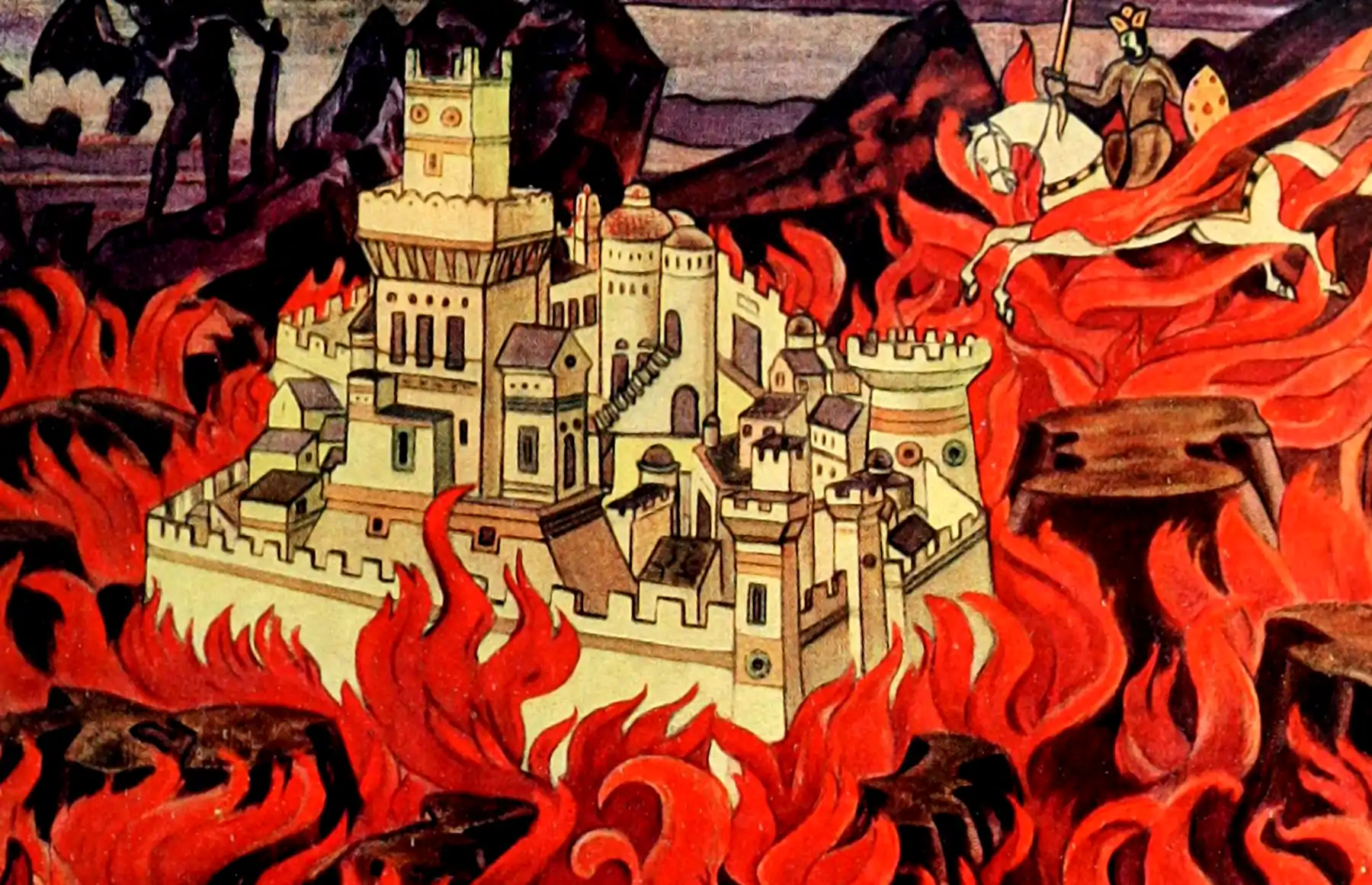Ahmed, and Elgazzar. 2007.
“On Fractional Order Differential Equations Model for Nonlocal Epidemics.” Physica A: Statistical Mechanics and Its Applications.
Allcott, Braghieri, Eichmeyer, et al. 2019.
“The Welfare Effects of Social Media.” Working Paper 25514.
Amini, Cont, and Minca. 2013.
“Resilience to Contagion in Financial Networks.” Mathematical Finance.
Bacry, Bompaire, Gaïffas, et al. 2020.
“Sparse and Low-Rank Multivariate Hawkes Processes.” Journal of Machine Learning Research.
Battey, and Sancetta. 2013.
“Conditional Estimation for Dependent Functional Data.” Journal of Multivariate Analysis.
Bentley, Ormerod, and Batty. 2011.
“Evolving Social Influence in Large Populations.” Behavioral Ecology and Sociobiology.
Centola, and Macy. 2007.
“Complex Contagions and the Weakness of Long Ties.” American Journal of Sociology.
Cook, Otten, Marion, et al. 2007.
“Estimation of Multiple Transmission Rates for Epidemics in Heterogeneous Populations.” Proceedings of the National Academy of Sciences.
Dahlhaus, and Eichler. 2003.
“Causality and Graphical Models in Time Series Analysis.” Oxford Statistical Science Series.
Davis, Zang, and Zheng. 2012.
“Sparse Vector Autoregressive Modeling.” arXiv:1207.0520 [Stat].
Draief, Heidari, and Kearns. 2014.
“New Models for Competitive Contagion.” In
Proceedings of the Twenty-Eighth AAAI Conference on Artificial Intelligence. AAAI’14.
Du, Dai, Trivedi, et al. 2016.
“Recurrent Marked Temporal Point Processes: Embedding Event History to Vector.” In
Proceedings of the 22Nd ACM SIGKDD International Conference on Knowledge Discovery and Data Mining. KDD ’16.
Du, Song, Gomez-Rodriguez, et al. 2013.
“Scalable Influence Estimation in Continuous-Time Diffusion Networks.” In
Advances in Neural Information Processing Systems.
Du, Song, Yuan, et al. 2012.
“Learning Networks of Heterogeneous Influence.” In
Advances in Neural Information Processing Systems.
Eichler. 2001.
“Granger-Causality Graphs for Multivariate Time Series.” Granger-Causality Graphs for Multivariate Time Series.
Ejima, Aihara, and Nishiura. 2013.
“Modeling the Obesity Epidemic: Social Contagion and Its Implications for Control.” Theoretical Biology and Medical Modelling.
Ferland, Latour, and Oraichi. 2006.
“Integer-Valued GARCH Process.” Journal of Time Series Analysis.
Glasserman, and Young. 2016.
“Contagion in Financial Networks.” Journal of Economic Literature.
Gomez-Rodriguez, Leskovec, and Schölkopf. 2013.
“Structure and Dynamics of Information Pathways in Online Media.” In
Proceedings of the Sixth ACM International Conference on Web Search and Data Mining. WSDM ’13.
Goyal, and Kearns. 2012.
“Competitive Contagion in Networks.” In
Proceedings of the Forty-Fourth Annual ACM Symposium on Theory of Computing. STOC ’12.
Granger. 1963.
“Economic Processes Involving Feedback.” Information and Control.
———. 2003.
“Time Series Concepts for Conditional Distributions*.” Oxford Bulletin of Economics and Statistics.
———. 2004. “Time Series Analysis, Cointegration, and Applications.” American Economic Review.
Greenland, Pearl, and Robins. 1999.
“Causal Diagrams for Epidemiologic Research.” Epidemiology.
Hartikainen, and Särkkä. 2010.
“Kalman Filtering and Smoothing Solutions to Temporal Gaussian Process Regression Models.” In
2010 IEEE International Workshop on Machine Learning for Signal Processing.
Haufe, Müller, Nolte, et al. 2008.
“Sparse Causal Discovery in Multivariate Time Series.” In
Proceedings of the 2008th International Conference on Causality: Objectives and Assessment - Volume 6. COA’08.
Hsu, Hung, and Chang. 2008.
“Subset Selection for Vector Autoregressive Processes Using Lasso.” Computational Statistics & Data Analysis.
Iribarren, and Moro. 2011.
“Branching Dynamics of Viral Information Spreading.” Physical Review E.
Iyengar, Van den Bulte, and Valente. 2011.
“Opinion Leadership and Social Contagion in New Product Diffusion.” Marketing Science.
Kiss, Miller, and Simon. 2017.
Mathematics of Epidemics on Networks: From Exact to Approximate Models. Interdisciplinary Applied Mathematics.
Kramer, Guillory, and Hancock. 2014.
“Experimental Evidence of Massive-Scale Emotional Contagion Through Social Networks.” Proceedings of the National Academy of Sciences.
Lamprier. 2019.
“A Recurrent Neural Cascade-Based Model for Continuous-Time Diffusion.” In
International Conference on Machine Learning.
Li, Yuanzhi, Liang, and Risteski. 2016.
“Recovery Guarantee of Non-Negative Matrix Factorization via Alternating Updates.” In
Advances in Neural Information Processing Systems 29.
Liu, King, and Bearman. 2010.
“Social Influence and the Autism Epidemic.” American Journal of Sociology.
Li, Liangda, and Zha. 2014.
“Learning Parametric Models for Social Infectivity in Multi-Dimensional Hawkes Processes.” In
Twenty-Eighth AAAI Conference on Artificial Intelligence.
Morozova, Cohen, and Crawford. 2018.
“Risk Ratios for Contagious Outcomes.” Journal of The Royal Society Interface.
Ogata, Matsu’ura, and Katsura. 1993.
“Fast Likelihood Computation of Epidemic Type Aftershock-Sequence Model.” Geophysical Research Letters.
Pinto, Julio Cesar Louzada, and Chahed. 2014.
“Modeling Multi-Topic Information Diffusion in Social Networks Using Latent Dirichlet Allocation and Hawkes Processes.” In
Proceedings of the 2014 Tenth International Conference on Signal-Image Technology and Internet-Based Systems. SITIS ’14.
Pinto, Pedro C., Thiran, and Vetterli. 2012.
“Locating the Source of Diffusion in Large-Scale Networks.” Physical Review Letters.
Pouget-Abadie, and Horel. 2015.
“Inferring Graphs from Cascades: A Sparse Recovery Framework.” In
Proceedings of The 32nd International Conference on Machine Learning.
Raissi, Perdikaris, and Karniadakis. 2017.
“Machine Learning of Linear Differential Equations Using Gaussian Processes.” Journal of Computational Physics.
Rizoiu, Xie, Sanner, et al. 2017.
“Expecting to Be HIP: Hawkes Intensity Processes for Social Media Popularity.” In
World Wide Web 2017, International Conference on. WWW ’17.
Schein, Wallach, and Zhou. 2016.
“Poisson-Gamma Dynamical Systems.” In
Advances In Neural Information Processing Systems.
Shin, Tran, Wu, et al. 2021.
“AttentionFlow: Visualising Influence in Networks of Time Series.” In
Proceedings of the 14th ACM International Conference on Web Search and Data Mining.
Solé-Ribalta, De Domenico, Kouvaris, et al. 2013.
“Spectral Properties of the Laplacian of Multiplex Networks.” Physical Review E.
Stegehuis, van der Hofstad, and van Leeuwaarden. 2016.
“Epidemic Spreading on Complex Networks with Community Structures.” Scientific Reports.
Sugihara, May, Ye, et al. 2012.
“Detecting Causality in Complex Ecosystems.” Science.
Tong, and Choi. 2019.
“Discovering Latent Covariance Structures for Multiple Time Series.” In
International Conference on Machine Learning.
Wang, Xie, Du, et al. 2016.
“Isotonic Hawkes Processes.” In
Proceedings of the 33rd International Conference on International Conference on Machine Learning - Volume 48. ICML’16.
Watts, and Dodds. 2007.
“Influentials, Networks, and Public Opinion Formation.” Journal of Consumer Research.
Yang, Shuang-Hong, and Zha. 2013.
“Mixture of Mutually Exciting Processes for Viral Diffusion.” In
Proceedings of The 30th International Conference on Machine Learning.
Yu, Rao, and Dhillon. 2016.
“Temporal Regularized Matrix Factorization for High-Dimensional Time Series Prediction.” In
Advances In Neural Information Processing Systems 29.
Zhou, Zha, and Song. 2013.
“Learning Triggering Kernels for Multi-Dimensional Hawkes Processes.” In
Proceedings of the 30th International Conference on Machine Learning (ICML-13).
